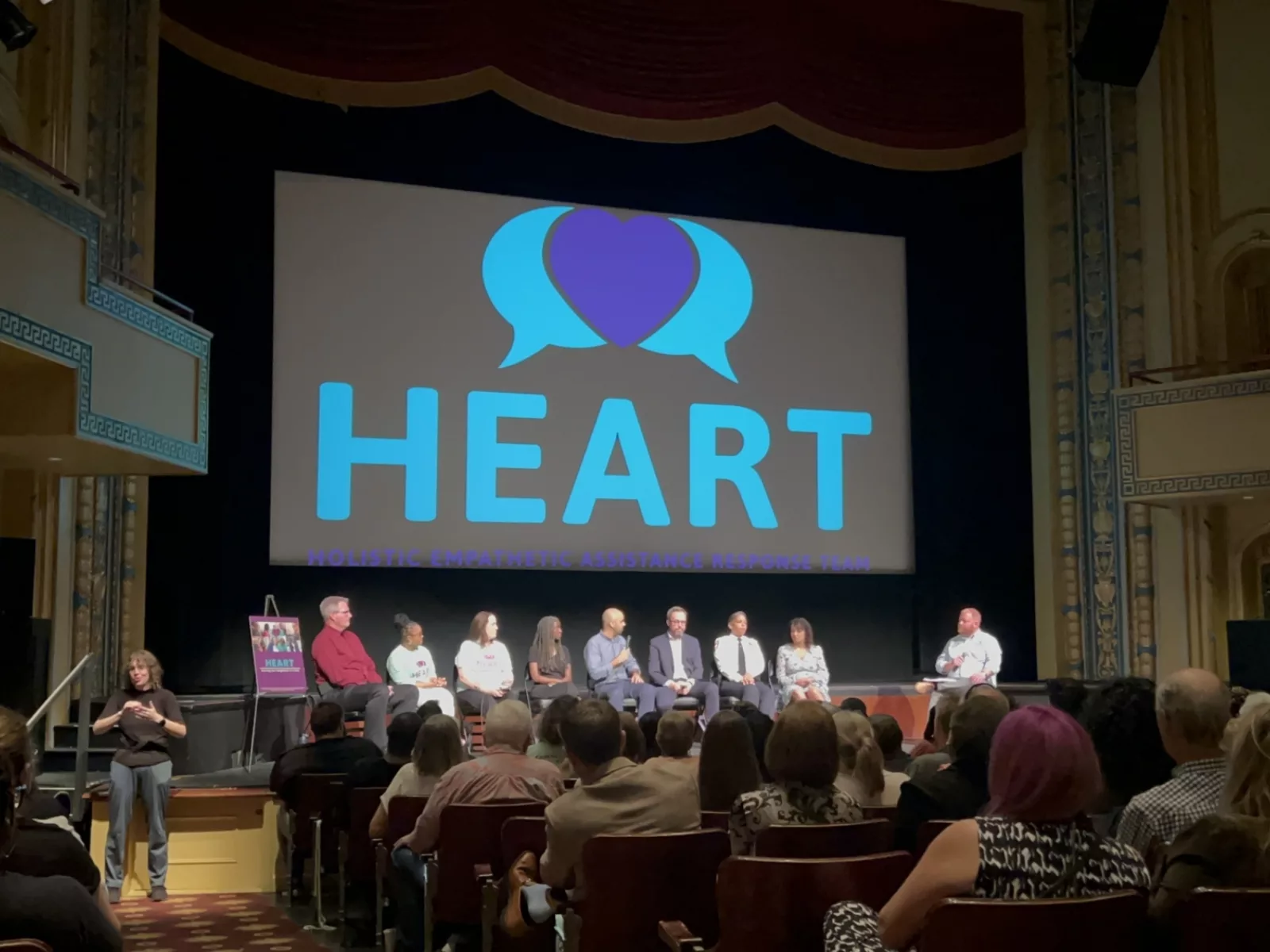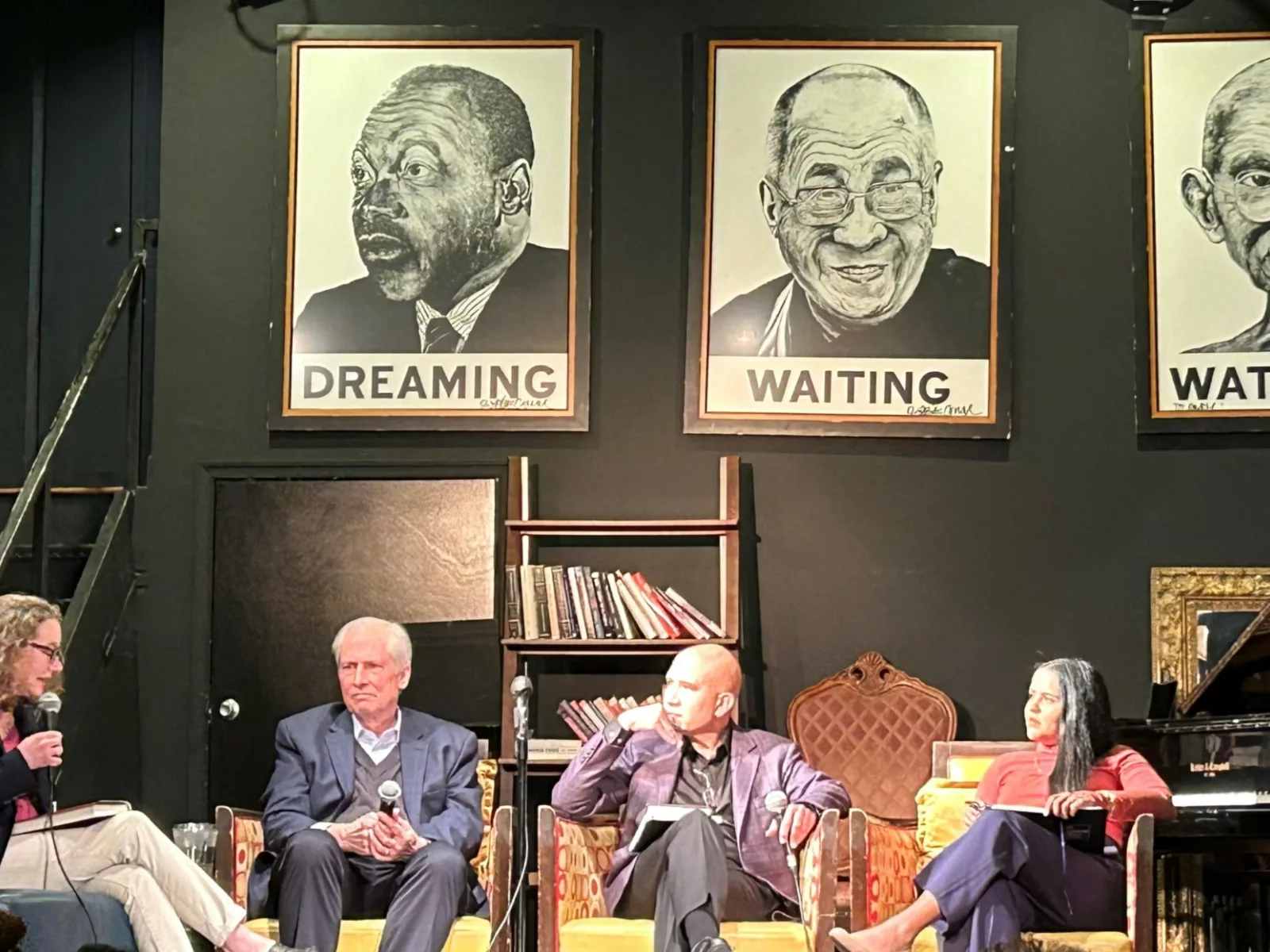Arnold Ventures is proud to release the final reports from Data-Driven Justice (DDJ). These documents include a DDJ Insights brief that provides an overview of the pilot initiative and recommendations to policymakers, and an updated DDJ Playbook that provides detailed implementation guidance — a suite of materials that will help communities, both in the DDJ network and across the country, better respond to their most vulnerable residents. The three DDJ pilot test sites — Middlesex County, Massachusetts, Johnson County, Iowa and the City of Long Beach, California — are also releasing their final reports.
DDJ is a project of the National Association of Counties (NACo) and AV that aims to help local jurisdictions use data to better align resources to respond to people with complex health and social needs, particularly those who are frequent utilizers of justice, health, and human services systems.
Helping Frequent Utilizers
Communities across the country recognize that a relatively small number of people cycle repeatedly through local jails, hospital emergency rooms, shelters, and other public systems. Often called frequent utilizers, these individuals tend to struggle with a combination of complex health and social issues, including mental illness, substance use disorders, and unstable housing.
These individuals often look like Steve, a resident of Middlesex County. Law enforcement in the city of Burlington, Massachusetts knew Steve pretty well. He had run-ins with officers at least 28 times, largely in connection to his substance use disorder. Steve would have benefited from being enrolled in a diversion program or connected to social services instead of repeatedly being engaged by law enforcement. But when police or partner co-responding clinicians in one of the 53 neighboring police departments in Middlesex County interacted with Steve, they didn’t always see the big picture. That’s because the dozens of county agencies lacked a system that allowed them to share information with each other despite the fact they often encountered the same people — many of whom cycled through their systems over and over.
Counties invest more than $93 billion in justice and public safety each year, including $22 billion to operate jails. Yet frequent utilizers’ conditions often worsen if arrested and incarcerated, leading to costly recurring interactions with emergency medical services, law enforcement, and other services. Despite the many resources devoted to responding to frequent utilizers, care is typically provided in fragmented ways that do not promote recovery or better outcomes for individuals or communities. Jurisdictions across the country have joined DDJ in order to address these challenges and more effectively treat these individuals.
Through a coordinated multi-system approach, jurisdictions participating in DDJ work to develop a continuum of data- driven, innovative practices that provide law enforcement and other first responders with appropriate crisis response options to reduce arrest, incarceration, and use of emergency medical services, and increase frequent utilizers’ access to treatment and engagement with services in the community.
Since its launch in 2016 under the Obama administration, communities in the DDJ network have been making progress to improve outcomes for their most vulnerable citizens. In 2018, AV propelled the project forward by funding a DDJ pilot site initiative to better understand how local governments are coping with this confluence of problems and to seek better ways of using the limited resources at their disposal.
The initial pilots in Johnson County, Middlesex County, and the City of Long Beach helped governments use data and coordinate across criminal justice, behavioral health, and service providers to better align resources to respond to people with complex health and social needs, particularly those who are frequent utilizers of justice, health, and human services systems. By the end of the project period, each site made significant progress in moving their communities towards a coordinated system of care for frequent utilizers. By improving program coordination, data collection, and communication across agencies, the pilot sites saw improvements across key indicators — including lower jail costs, more connections to treatment, and stronger coordination among service providers. The program also provided frequent utilizers with much-needed access to services in lieu of incarceration. In turn, the community also benefited from more effective first responders, seeing the most vulnerable among them better connected with necessary help, and a better sense of how they could further improve public services.
The programs have demonstrated that provided with support, communities have the ability to share data between agencies, leading to a better outcome for all involved. But the work does not stop there — communities must advocate for state funding for pre-arrest diversion and remove legislative obstacles to enacting new policies aimed at reducing incarceration. When given agency and political backing, these are programs that can be replicated in cities and counties around the country.
Pilot Site Reports
The three DDJ pilot site reports capture the lessons learned and insights gained from the pilot initiative in each individual site, detailing implementation successes, challenges, and lessons learned.
- In Johnson County, for example, its team of key justice, behavioral health, and social services stakeholders used the data sharing network to identify four individuals who cycled through the county’s services in a 4.5 year period. The county had spent $2.16 million on their services but each time they’d end up back on the street in worse condition than they were before. The county used DDJ data to make a case for a sobering to serve as an alternative to incarceration, pilot a new crisis tool, and identify individuals eligible for permanent supportive housing. In its first nine months of implementation, the permanent supportive housing program has saved the county $19,000 in jail costs by preventing 235 nights in jail.
- In Middlesex County, a DDJ analysis across 10 different agencies revealed that two percent of the population made up 13 – 15 percent of police contacts, and that jail diversion clinicians had a demonstrated impact on frequent utilizers. This information helped to shape plans for a new crisis diversion facility and the launch of an application that supports jail diversion and access to care over incarceration.
- In the City of Long Beach, California, California, DDJ revealed that 85 percent of the city’s top repeat offenders were jailed on low-level misdemeanor charges such as public intoxication or sleeping and nearly 50 percent used homeless services. To reduce these numbers, the city forged a partnership between the City of Long Beach and Los Angeles County to launch the Multi-Disciplinary Team which meets monthly to discuss overarching trends in the frequent utilizer population and discuss client cases for individuals impacted by multiple systems in the city. .
These reports are key for practitioners and stakeholders charged with introducing DDJ in their own communities to gain insights into the details and processes behind implementation. They will be especially helpful in demonstrating how DDJ can improve outcomes for frequent utilizers in communities starting with little to no capacity to share, integrate, and analyze data.
DDJ Insights Report and Playbook
The lessons from the three pilot sites are incorporated into two overarching documents: the Insights Report, by AV, and a Playbook, by AV and NACo.
The Insights report presents an overview of the DDJ Pilot Site Initiative. It reflects on the successes and challenges of the pilot initiative and provides recommendations for policymakers who seek to sustain and scale similar efforts. It is intended for use by the DDJ Network communities, funders, and policymakers interested in sustaining and scaling similar efforts to the pilot initiative.
The DDJ Playbook outlines step-by-step how communities and governments can use data and coordinate across criminal justice, behavioral health, and service providers to better align resources to respond to people with complex health and social needs for communities, and apply these lessons to community-specific contexts.
It can be used to inform DDJ Network communities and communities nationwide, provide recommendations for policymakers and funders, provide key insights into data analysis and integration, and further resources to explore and learn about how to improve outcomes for frequent utilizers through data integration and analysis.





















